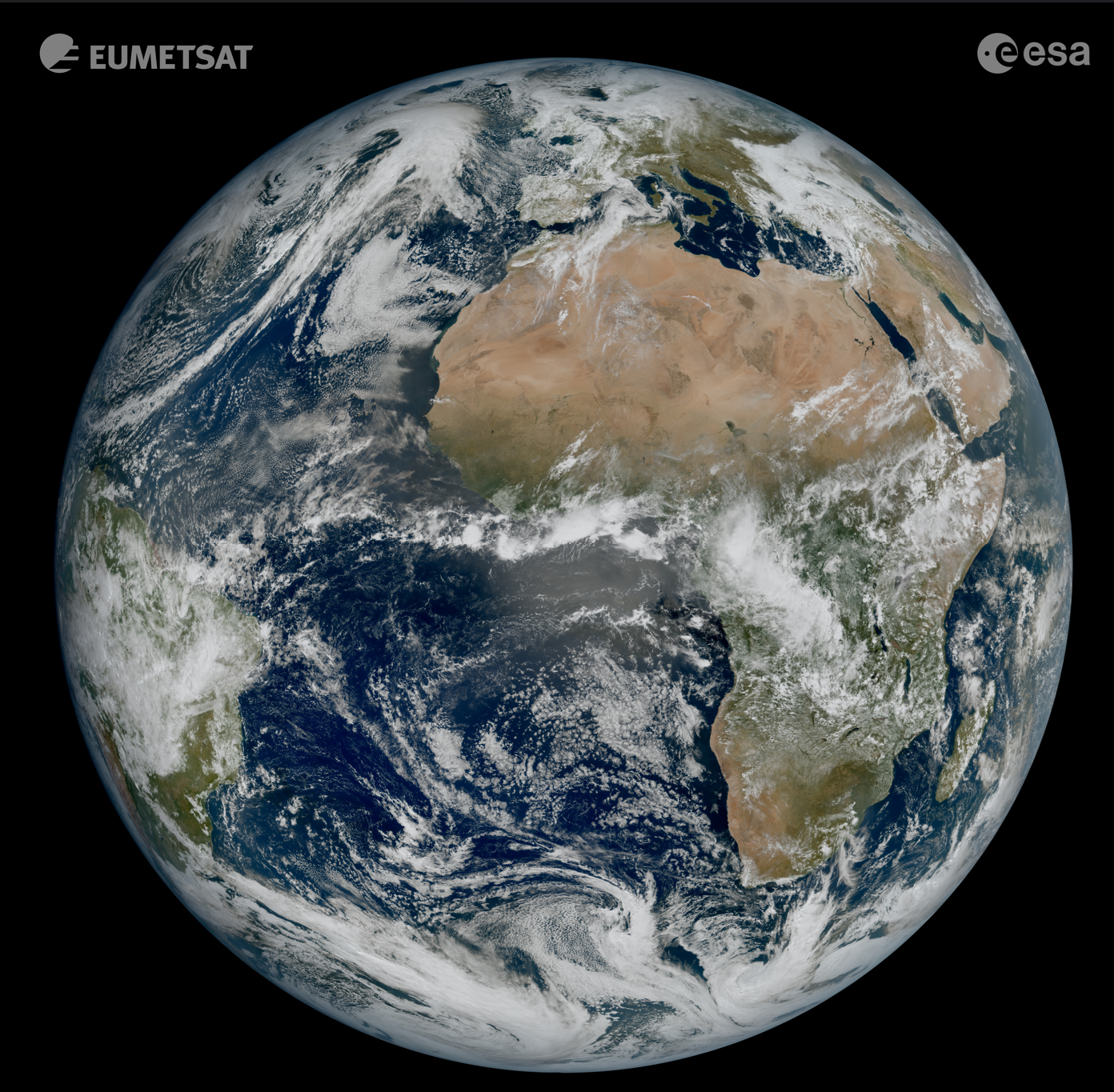Speaker
Description
Construction of numerous satellite megaconstellations in the low Earth orbit (LEO) (150km - 2,000 km) is projected over the coming decades. Estimates suggest that the number of satellites in an LEO could exceed 60,000 by 2040. The increase in the annual mass flux of anthropogenic material into the upper atmosphere as a result of maintaining these megaconstellations could rival the natural occurring meteoric mass flux. Little is known about the aerosols that will be produced by reentry vaporization, which makes estimating the associated impacts on the atmosphere and ozone difficult. Aluminum is a primary satellite component that will likely be emitted during reentry vaporization. In this study, we use the Whole Atmosphere Community Climate Model (WACCM), coupled with a sectional aerosol microphysical model (CARMA) to simulate a reentry emission of 10 Gg/yr. We assume that all aerosols released is aluminum oxide (Al2O3). This level of Al2O3 emission is consistent with expected megaconstellation growth by 2040. We investigate how the location of atmospheric accumulation, aerosol size distribution, and radiative properties of reentry Al2O3 impacts the middle-to-upper atmosphere. We find that depending on reentry latitude and aerosol size distribution, a 20Gg-40Gg stratospheric burden of alumina aerosols accumulates poleward of 30 N/S between 10 and 30 km within 1-2 years after the start of emissions. Small but statistically significant changes in mesospheric heating rates lead to 1.5 K-temperature anomalies in the mesosphere and the stratosphere at Southern Hemisphere high latitudes. These temperature anomalies are accompanied by a 10% reduction in wind speed in the Southern Hemisphere polar vortex, leading to a weaker springtime ozone hole. Some reentry scenarios also experience a strengthening of the Northern Hemisphere polar vortex.

